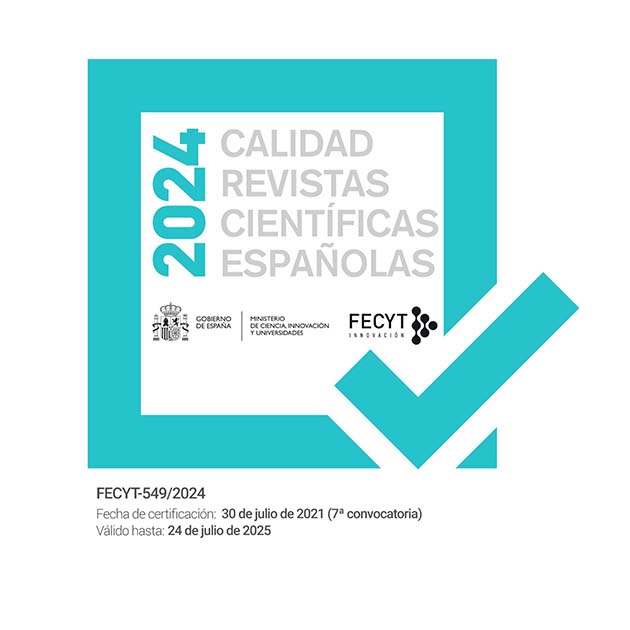IGUALDAD Y NO DISCRIMINACIÓN DE LAS PERSONAS MAYORES
DOI:
https://doi.org/10.36151/td.2022.051Keywords:
Equality, discrimination, ageism, age, old age, protected characteristic, elderly peopleAbstract
This article analyses the legal instruments and tools available to fight against discrimination against the elderly. As in most advanced democracies, the principle of formal equality has evolved to become, mainly, anti-discrimination law. The decisive factor to be part of the principle of non-discrimination is to share a protected characteristic. Although it does not expressly appear in our Constitution as a protected characteristic, the Constitutional Court has interpreted that age belongs to this category through the open clause of article 14 CE. Something similar happens in national and European legislation, and in the jurisprudence of the Court of Luxembourg and Strasbourg. However, the use that has been made of the characteristic «age» has not particularly hardened the judgment of equality of the differentiations based on this characteristic, as well as has been applied to all types of age ranges, without focusing on any specific collective. The thesis defended in this article is that a specific and comprehensive type of discrimination is exercised on the elderly —ageism— which would justify, together with the currently existing non-discrimination clause on the ground of age, the existence of a specific subcategory —the non-discrimination clause on the ground of old age— to which will be implemented a judgment of equality as strict as that applied to other types of discrimination whose legal response is much more established, such as non-discrimination on the grounds of sex or race.
Downloads

Published
How to Cite
Issue
Section
License
Copyright (c) 2022 Teoría & Derecho. Revista de pensamiento jurídico

This work is licensed under a Creative Commons Attribution-NonCommercial-NoDerivatives 4.0 International License.




















